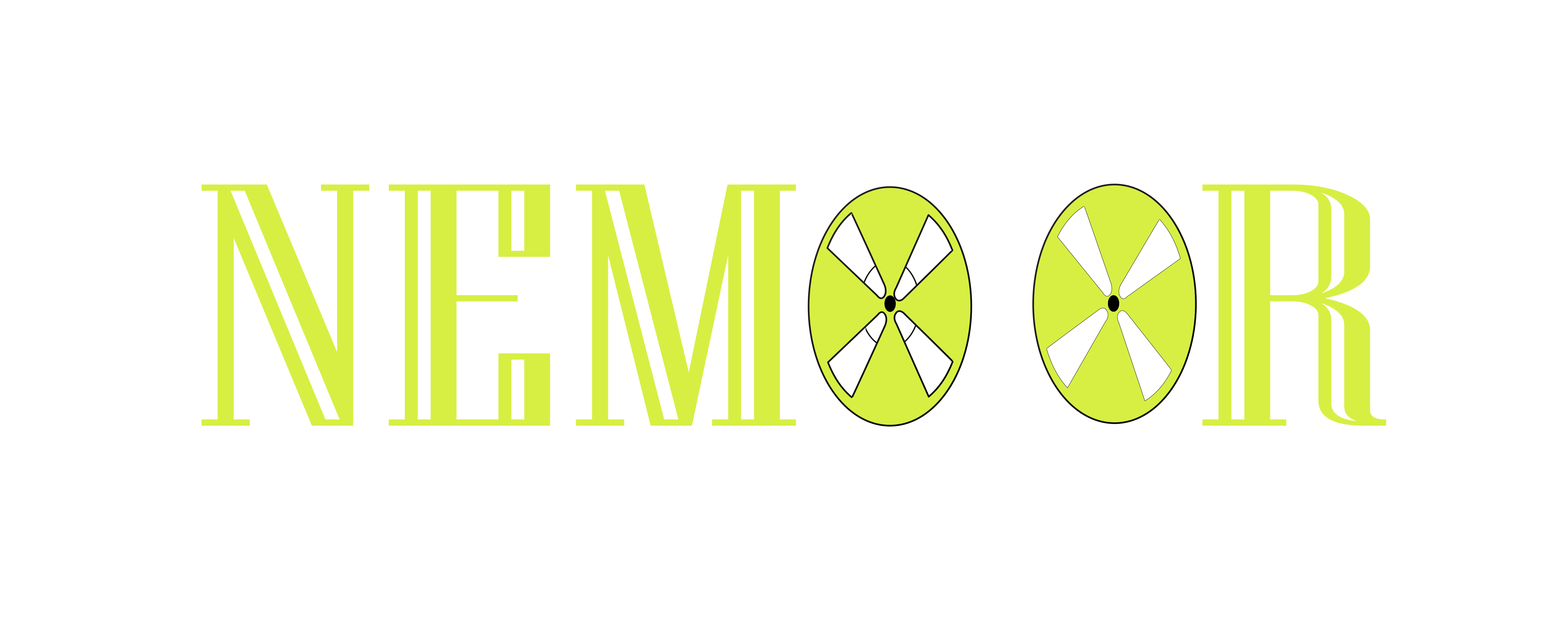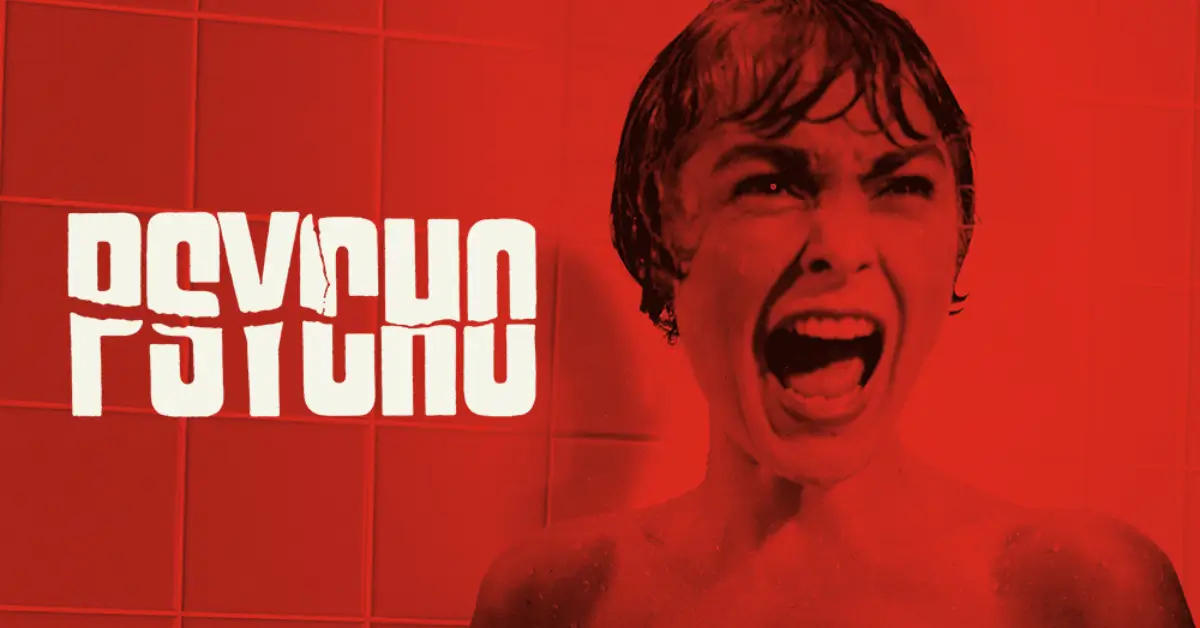Psycho 1960 : Hitchcock’s Masterpiece and Its Complicated Legacy for Mental Health Representation
Few films have shaped the public imagination about mental illness as profoundly as Alfred Hitchcock’s “Psycho 1960.” This groundbreaking 1960 thriller not only revolutionized cinema with its shocking narrative turns and innovative techniques but also cemented certain perceptions about psychological disorders in popular culture. Examining “Psycho” through a mental health lens reveals a complex legacy a film of undeniable artistic brilliance that simultaneously advanced problematic stereotypes linking mental illness with violence and horror. Decades after its release, “Psycho” remains a fascinating case study in how cinema portrays psychological conditions and the lasting impact these portrayals have on public perception.
Thank you for reading this post, don't forget to subscribe!Basic Film Information
Title: Psycho
Release Date & Production Year: June 16, 1960
Director: Alfred Hitchcock, the “Master of Suspense” known for psychological thrillers that explore the darker aspects of human nature
Screenwriter: Joseph Stefano, adapting Robert Bloch’s 1959 novel of the same name (which was loosely inspired by the crimes of Ed Gein)
Main Cast & Characters:
- Anthony Perkins as Norman Bates, the troubled motel proprietor with a complex psychological condition
- Janet Leigh as Marion Crane, a secretary who steals money from her employer and becomes Bates’ victim
- Vera Miles as Lila Crane, Marion’s sister who investigates her disappearance
- John Gavin as Sam Loomis, Marion’s lover who helps Lila search for Marion
- Martin Balsam as Detective Milton Arbogast, investigating Marion’s disappearance
- Simon Oakland as Dr. Fred Richmond, the psychiatrist who explains Norman’s condition
Genre: Psychological Horror/Thriller
Awards Won: While not an Academy Award winner, “Psycho” received four Oscar nominations. It was selected for preservation in the National Film Registry in 1992 and ranks among the greatest films ever made on numerous critics’ lists.
Runtime & Rating: 109 minutes, originally unrated but would likely receive an R rating by today’s standards for violence, disturbing images, and thematic content
Plot Summary
General Overview
“Psycho” begins as the story of Marion Crane, who impulsively steals $40,000 from her employer and flees Phoenix. A rainstorm forces her to stop at the isolated Bates Motel, run by the seemingly shy and awkward Norman Bates, who lives with his domineering mother in the Gothic mansion overlooking the motel. After a conversation with Norman about being trapped in “private traps,” Marion decides to return the money but never gets the chance. The infamous shower scene occurs, shifting the narrative dramatically. The remainder of the film follows the investigation into Marion’s disappearance by her sister Lila, boyfriend Sam, and Detective Arbogast, ultimately revealing the shocking truth about Norman and his “mother.”
Mental Health Themes
The film presents a sensationalized portrayal of what would now be recognized as Dissociative Identity Disorder (formerly called Multiple Personality Disorder), combined with elements of psychosis, severe trauma response, and matricidal/homicidal behavior. Norman’s condition is presented as stemming from a complex Oedipal relationship with his mother, jealousy, and unresolved grief following her death. The film also touches on voyeurism, repression, and the psychological impact of isolation.
Key Turning Points
Several pivotal moments highlight the mental health aspects of the film: Norman’s dinner conversation with Marion about feeling trapped; Norman’s spying on Marion through a peephole (revealing his voyeuristic tendencies); the shower murder sequence; Norman’s meticulous cleaning of the crime scene (showing his split consciousness); and the film’s climactic revelation about Norman’s psychological state, where we learn he has taken on his mother’s personality after killing her and her lover years earlier.
Ending Analysis
The film concludes with a lengthy psychiatric explanation by Dr. Richmond, who details Norman’s condition as a split personality where he “was both himself and his mother.” In the final scene, we see Norman fully possessed by his “Mother” personality, as her interior monologue reveals complete dominance over Norman’s consciousness. The stark image of Norman/Mother with a superimposed skull, followed by Marion’s car being pulled from the swamp, provides a chilling conclusion that emphasizes the horror aspects of mental illness rather than any possibility of treatment or recovery.
Setting & Cinematic Techniques
Filming Locations
The isolated Bates Motel and looming Gothic mansion physically represent Norman’s psychological state divided, imposing, and cut off from normalcy. The film’s black and white photography enhances the stark divisions between light and shadow, reflecting Norman’s split personality. The vertical division between the modern, horizontal motel and the vertical Victorian house visually reinforces the character’s psychological division.
Cinematography
Cinematographer John L. Russell employs techniques that build psychological tension and suggest unstable mental states. The film’s voyeuristic camera positioning places viewers in uncomfortable complicity with Norman’s perspective. The famous shower scene uses rapid editing (78 camera setups for 45 seconds of footage) to create psychological terror without explicitly showing violence mirroring how the fractured editing reflects Norman’s fractured psyche. High and low angles are used throughout to create power imbalances and psychological vulnerability.
Sound & Music
Bernard Herrmann’s iconic string-only score, particularly the screeching violins during the shower scene, audibly represents psychological distress and fracturing. The film’s sound design is equally important the hollow, empty sounds of the motel contrasted with the oppressive silence of the mansion create an atmosphere of isolation and unease. Norman’s conversations with “Mother” feature voice modulation that subtly signals his psychological shifts.
Acting & Character Portrayal
Lead Actor’s Performance
Anthony Perkins delivers a landmark performance as Norman Bates, balancing boyish vulnerability with unsettling menace. His portrayal avoids one-dimensional villainy, instead conveying Norman’s inner turmoil through subtle physical mannerisms nervous hand gestures, hesitant speech patterns, and sudden shifts in confidence when the “Mother” personality emerges. Perkins’ performance humanizes Norman while maintaining the character’s frightening unpredictability, creating one of cinema’s most complex portrayals of mental disturbance.
Supporting Cast
Janet Leigh’s Marion provides the film’s moral center and her vulnerability in the shower scene amplifies the horror of Norman’s condition. Simon Oakland’s Dr. Richmond delivers the psychiatric explanation with clinical detachment that frames Norman’s condition as a medical case study. The contrast between the characters’ normality and Norman’s disturbance heightens the film’s portrayal of mental illness as something alien and threatening.
Accuracy & Authenticity
By modern standards, “Psycho” presents a highly sensationalized and clinically inaccurate portrayal of dissociative identity disorder. The film blends multiple conditions dissociation, psychosis, and homicidal behavior into a single, dramatically convenient diagnosis. While the film acknowledges childhood trauma as the root of Norman’s condition, it reinforces the harmful misconception that dissociative disorders inherently lead to violence, when research shows people with mental illness are far more likely to be victims than perpetrators of violent crime.
Mental Health Representation: Strengths & Weaknesses
Psychological Accuracy
“Psycho” reflects the psychoanalytic theories dominant in the 1950s, particularly Freudian concepts of repression and Oedipal conflict. Dr. Richmond’s explanation that Norman “learned to slip into his mother’s skin, so to speak” presents a simplistic version of dissociative identity formation that aligns more with dramatic needs than clinical reality. The film correctly identifies severe childhood trauma as a catalyst for dissociative conditions but incorrectly suggests that such conditions inevitably lead to violence.
Stigmatization vs. Awareness
The film undeniably contributed to stigmatizing mental illness by linking psychological disorders with horror and violence. Norman Bates became a cultural archetype of the “psycho killer,” reinforcing the misconception that mental illness predictably leads to dangerous behavior. The film’s title itself has become shorthand for violent, unpredictable behavior. While “Psycho” brought psychological concepts into popular discourse, it did so in ways that heightened fear rather than understanding.
Impact on Public Perception
“Psycho” profoundly shaped public perception of severe mental illness, particularly dissociative disorders. Cultural theorists argue that the film cemented the “homicidal multiple personality” trope that continues to dominate media representations. Dr. Richmond’s authoritative explanation at the film’s conclusion frames mental illness as something that can be neatly categorized and explained, yet simultaneously positions it as something inherently dangerous and other.
Critical Reception & Awards
Critics’ Reviews
Initial reviews were mixed, with some critics troubled by the film’s unprecedented violence and psychological themes. However, “Psycho” quickly gained recognition as a masterpiece of psychological cinema. Critics particularly praised Hitchcock’s technique and Perkins’ nuanced performance. Over time, scholarly analysis has grown increasingly critical of the film’s portrayal of mental illness while continuing to acknowledge its artistic achievement.
Audience Reactions
“Psycho” shocked 1960s audiences accustomed to more straightforward narratives and less explicit psychological content. The film became a cultural phenomenon, with the shower scene and the revelation about Norman’s condition entering the collective consciousness. Mental health professionals and advocates have had increasingly critical responses to the film’s portrayal of dissociative disorders, noting how it has contributed to harmful stereotypes.
Awards & Nominations
While “Psycho” received four Academy Award nominations (Director, Supporting Actress for Leigh, Cinematography, and Art Direction), it won none. However, its lasting cultural impact far exceeds its contemporary awards recognition. The American Film Institute ranks it as the #1 thriller of all time, and it was among the first films selected for preservation in the National Film Registry for its cultural, historical, and aesthetic significance.
Cultural & Social Impact
Discussions Sparked
“Psycho” brought psychological disorders into mainstream conversation, albeit in problematic ways. The film’s popularity coincided with deinstitutionalization movements in mental health care, potentially contributing to public anxiety about mental illness. While the film didn’t explicitly aim to spark mental health discussions, its portrayal of Norman Bates became a reference point in cultural conversations about severe psychological conditions.
Influence on Other Films
“Psycho” established a template for countless psychological thrillers that followed, creating an entire subgenre of films featuring antagonists with mental illness as the source of horror. Films from “Dressed to Kill” to “Split” show clear “Psycho” influences in their portrayal of dissociative conditions as sources of terror. This influence extends beyond horror into how all genres of film represent serious mental illness.
Mental Health Advocacy
Mental health advocacy organizations have frequently cited “Psycho” as an example of harmful media stereotyping. The National Alliance on Mental Illness and other groups have used the film in media literacy campaigns to illustrate how fictional portrayals can reinforce stigma. While not explicitly tied to advocacy movements, “Psycho” serves as a reference point for discussions about responsible representation of mental health conditions.
Personal Reflection & Final Thoughts
“Psycho” provides profound insight into how popular culture has historically conflated mental illness with violence and horror. The film’s greatest strength as a psychological study lies not in its accuracy but in Hitchcock’s masterful technique for placing viewers inside Norman’s fractured perspective, creating momentary empathy for his condition before transforming it into terror.
I would be hesitant to recommend this film to someone struggling with mental health issues, particularly dissociative disorders or trauma-related conditions. While artistically brilliant, the film’s portrayal could reinforce internalized stigma and misrepresentation of these conditions. The film offers little hope for treatment or recovery, instead positioning mental illness as an inexorable descent into madness and violence.
If there’s room for improvement from a mental health perspective, a modern approach would avoid the sensationalized linking of dissociative conditions with violence and provide more context about the treatability of trauma-related disorders. The film’s final psychiatric explanation, while groundbreaking for 1960, oversimplifies complex psychological conditions for dramatic effect.
Conclusion
More than six decades after its release, “Psycho” remains both a towering cinematic achievement and a problematic portrayal of mental illness. Hitchcock’s masterpiece revolutionized filmmaking through its narrative daring and technical innovation but simultaneously reinforced harmful stereotypes that continue to affect public perception of psychological disorders.
The film’s lasting impact on mental health representation demonstrates how powerful cinema can be in shaping cultural attitudes. While contemporary viewers can appreciate “Psycho” for its artistic brilliance, we must also recognize how its portrayal of Norman Bates contributed to stigmatizing misconceptions about dissociative disorders and other serious mental health conditions.
What are your thoughts on this film’s portrayal of psychological disorders? How might filmmakers today approach similar subject matter in ways that maintain dramatic tension without reinforcing harmful stereotypes?

